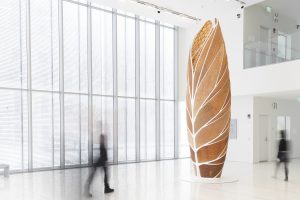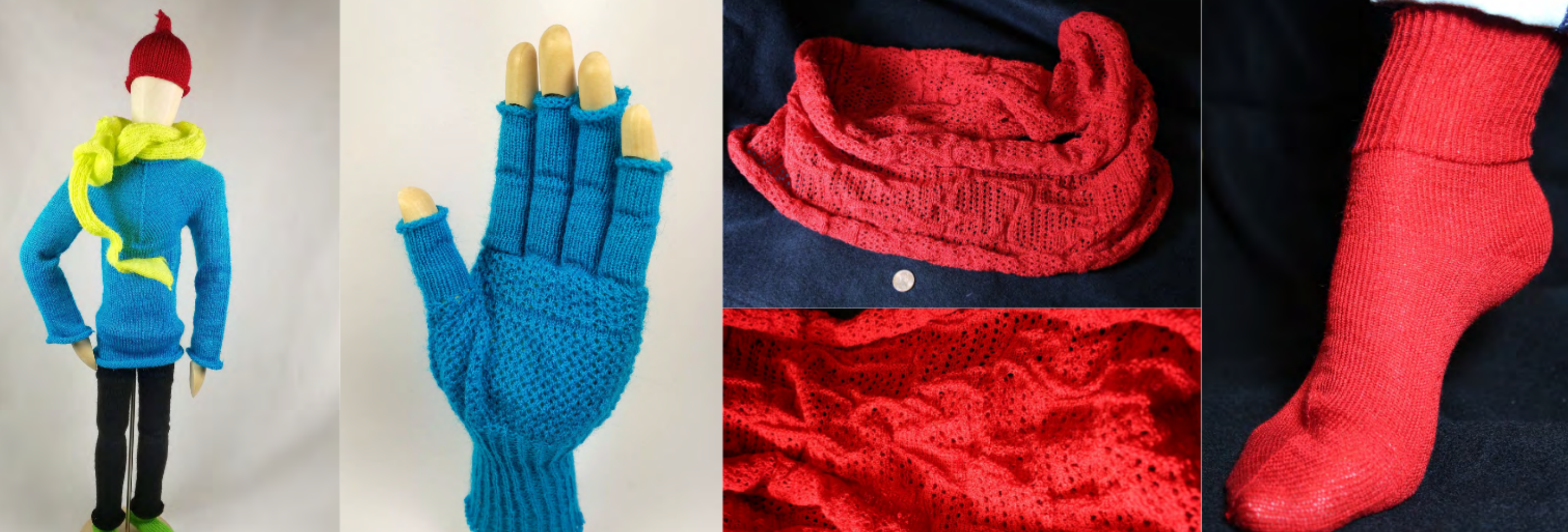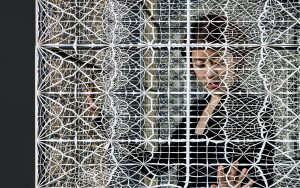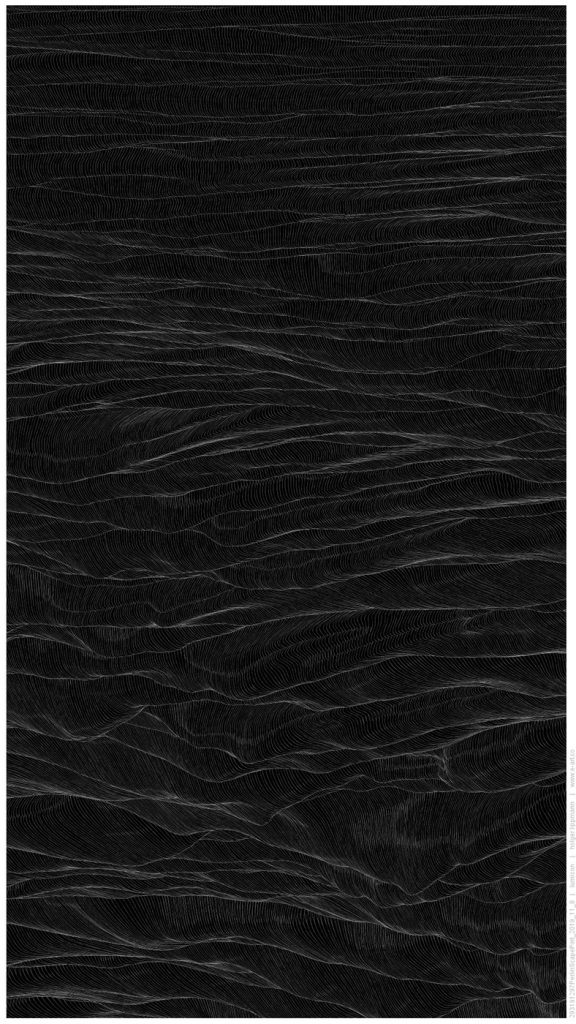Demonstration of Hamdan’s work: Saydnaya
Lawrence Abu Hamdan is a sound researcher and designer studying the intersection of sonic research, politics, art, and forensics. Using his background as a musician, he uses computational processes and calibrated research models for his political and artistic investigations. One of his works, Saydnaya, consists of a sound box in a dim room in a way where voices of 4 inmates become quieter after 2011 protests in his country. There is a level of abstraction in his work that allows the work to be understood as not only sets of decibel data and forensic investigations, but also as emotional and evocative maps of the human condition.
The Hummingbird Clock, on the other hand, functions as a public time piece that exists both physically and online. It records, second by second, the buzz of the electronic grid picked up by surveillance cameras in a highly public location, so that it may be viewed in the public domain rather than exclusively by government security agencies.
These highly novel yet highly calibrated approaches to the interactions between computation, forensics, politics, and design push the boundaries on what can be conceived as art.

![[OLD FALL 2019] 15-104 • Introduction to Computing for Creative Practice](../../../../wp-content/uploads/2020/08/stop-banner.png)






